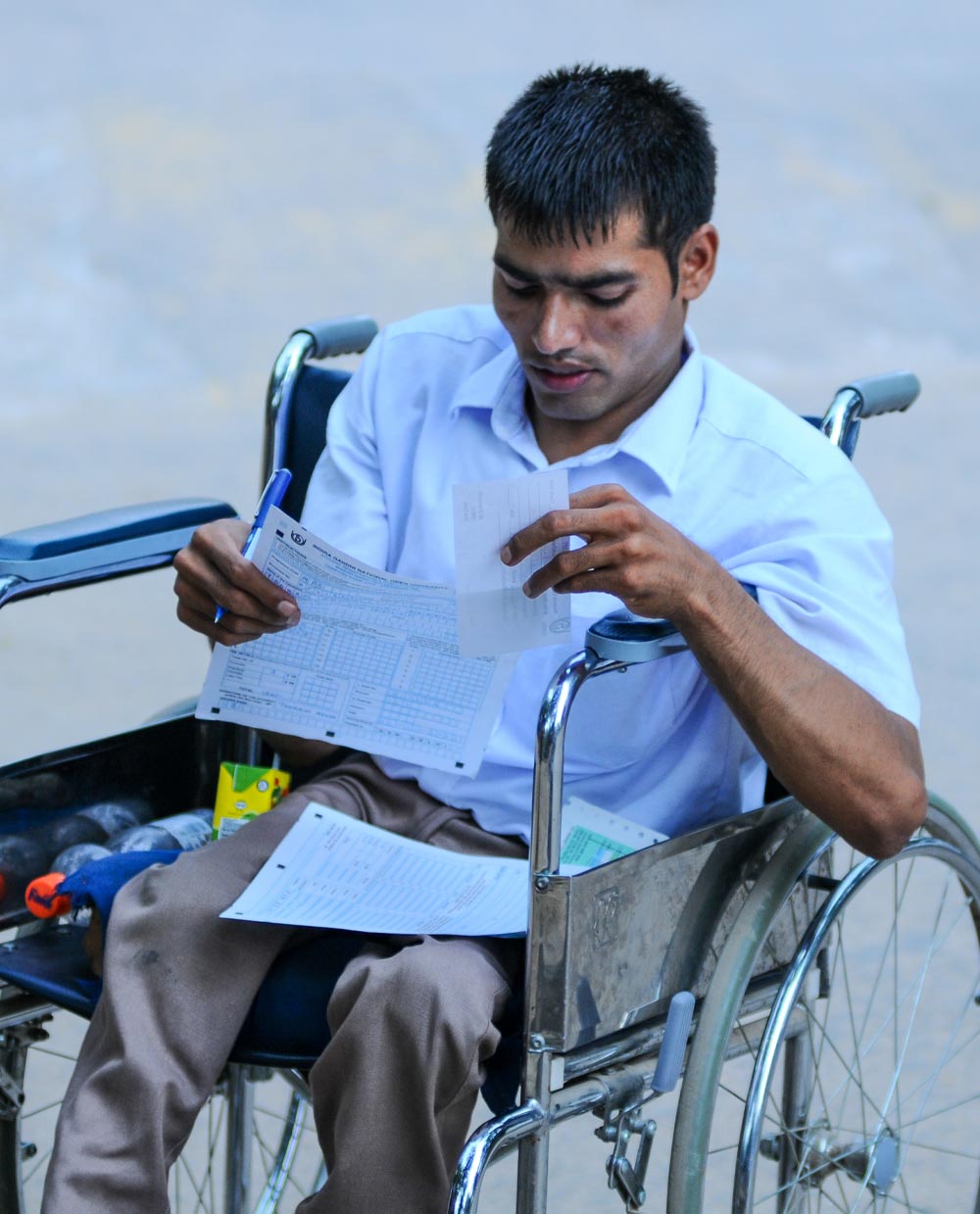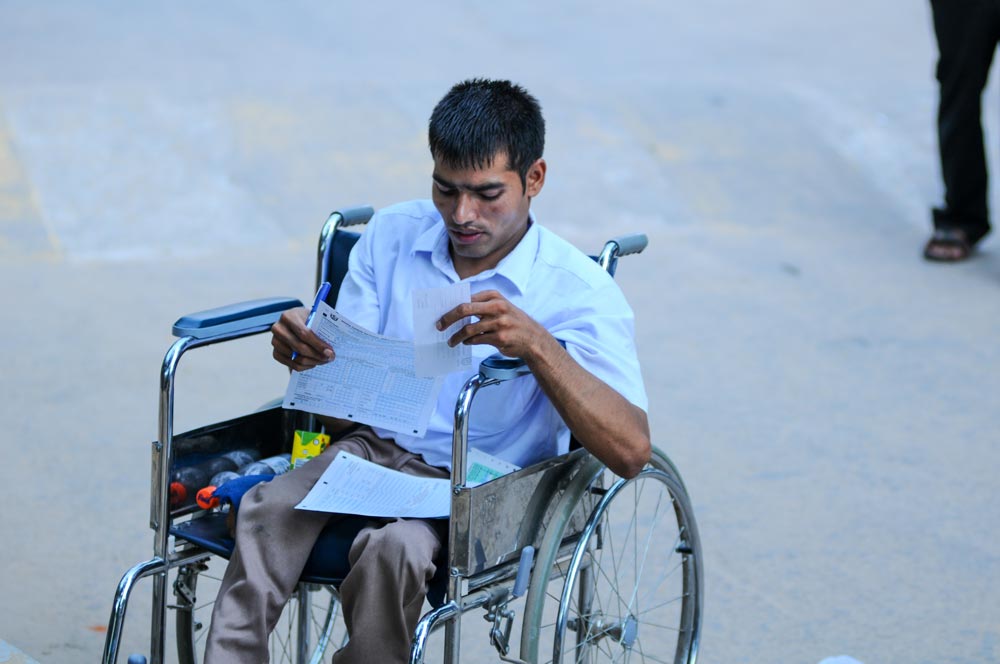Disabilities and Accessibility in India


PradeepGaurs / Shutterstock.com
Everyone knows someone who is a person with a disability, in some way. It could be due to disease, it could be an injury, it could be old age. It could be permanent or temporary. Some of you might even identify with this and directly relate. Some of you have cared for someone with a disability.
My point is, it’s often only when you’re in these categories that you start to become truly aware, in all crystal clarity, how unfriendly the world around is to people with disabilities.
You don’t even have to look very far, often enough, you could start with your own homes, the buildings you live in, or your workplace. Does it have a ramp or not? How would someone in crutches move around? What solutions are in place for the deaf and blind?
India, in particular, harvests a huge gap with this. According to the last census, nearly 2.68 crore people (or 2.2% of India’s total population) were registered as persons with disabilities by the government’s parameters which include blindness, impairment of sight and hearing, leprosy-afflicted, locomotor disability, or some form of mental or learning impairment, including mental illness.
Take my own example. My grandfather, before he passed, suffered from leprosy that shot up his nerves and hindered his movement through his final years, making it hard for him to walk. Getting him anywhere was a consistent challenge – one that we often had to improvise solutions for constantly, often due to the lack of readily available facilities.
A lot of clinics – places you’d expect to have facilities for people with disabilities – didn’t have ramps or railings which was visibly apparent every time we had to take him for check-ups or visits.
And that’s just buildings and structures.
How many public modes of transport facilitate those with disabilities? How is a person in a wheelchair supposed to commute if they don’t have a car or the privilege of taking a cab everywhere? How quickly can a person in crutches make it up the steps of your average BEST bus?
These are just some of the primary challenges faced by those with disabilities in India and, considering 65% of people with disabilities come from rural areas, it’s vital that we take into consideration the privileges they don’t have access to.
So, what are some places in India that are actually disability friendly right now?
The Delhi Metro is wheelchair friendly and has lifts with numbers engraved in braille for the visually impaired.
Tourist spots like the Jantar Mantar, the Qutab Minar, Red Fort, etc., have wheelchair accessibility.
Companies like Accenture, Capgemini, and L’Oreal make it a point to incorporate disability-friendly infrastructure as well as hire more employees with disabilities.
All in all, the truth is, we’re definitely taking steps and it’s gradual but it’s not nearly as urgent as it should be and a lot of that has to do with our attitude when it comes to disabilities.
Unless you’ve had a fracture or had a procedure that leaves you with a disability in some way or form, you might find it hard to relate to living your life with a disability in a country that hasn’t yet factored in accessibility for those living with these hindrances.
It might take breaking a leg to realize that you can’t use a cane or a crutch to get into certain places or use public transport.
You might not currently relate because these don’t feel like issues you’d ever encounter in your life, if you’re careful.
You might be tempted to switch off your empathy button, shrug, and say “So what? Too bad, ain’t me,” and move on with your life.
But even if we can’t do it for others, we should at least consider how easily it could be us. After all, age comes for all of us.
Infact, the example I gave of my grandfather applied to both my grandmothers who struggled to walk everywhere they went and it made mobility for them a constant challenge wherever we went.
This is the story for a lot of senior citizens with arthritis, hip issues, spinal issues, muscle atrophy, etc. A lot of them develop cataracts and have hearing issues. You probably have someone in your family who is currently struggling with one or more of these issues and it’s often a literal matter of time before it could be you in that position, too. We cannot sleep on this, accessibility for those with disabilities is something we should all be worried about because we all have the potential of being in that position.
Look at your own building, your office, the most frequently visited places in your day from the supermarket to the chemist and make recommendations to the owners.
Contribute for it financially if you have the capacity to.
Do your part to make your slice of the world more accessible and disability-friendly. You never know when it’s you who’ll need it someday and you’ll be grateful you were proactive about it.
Plus, I think there should always be space for all of us, whether living with a disability or not. Spaces that we can all navigate through!
